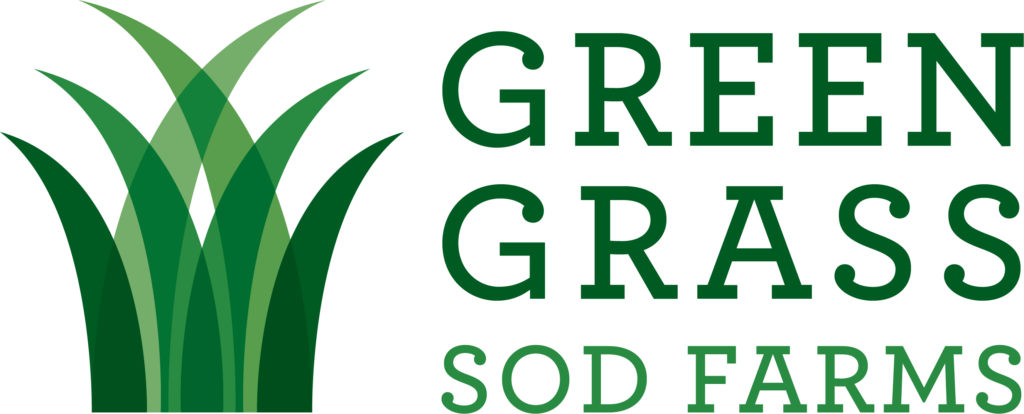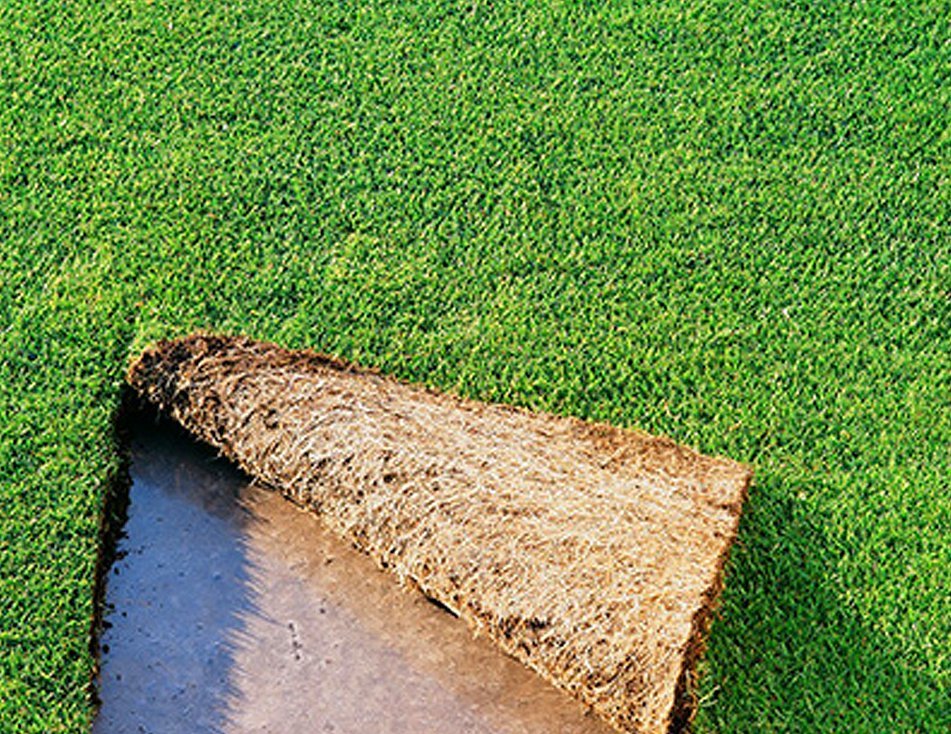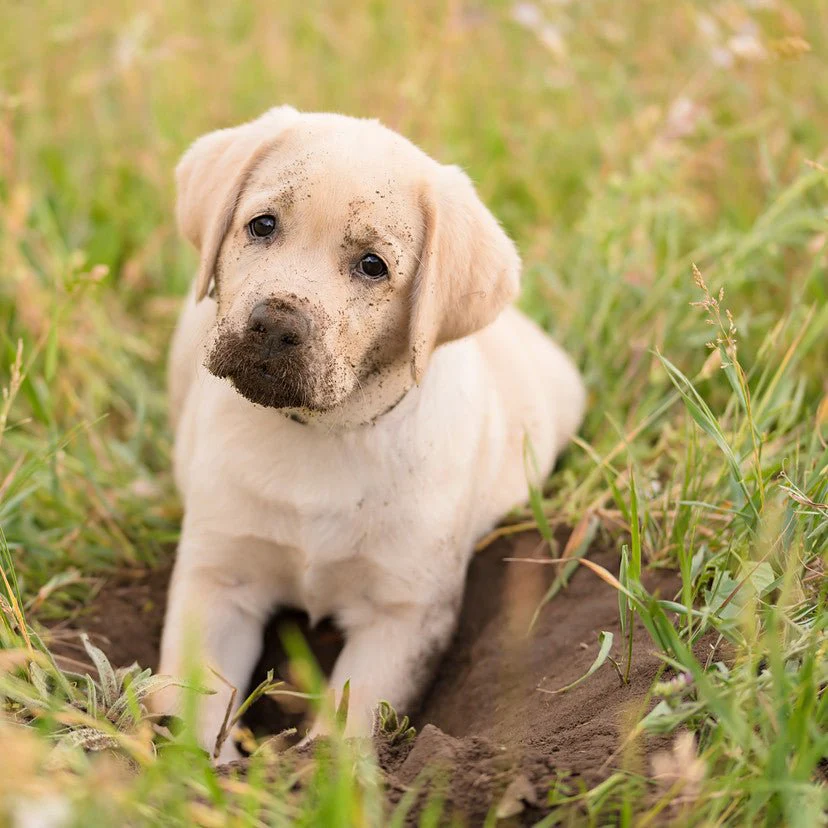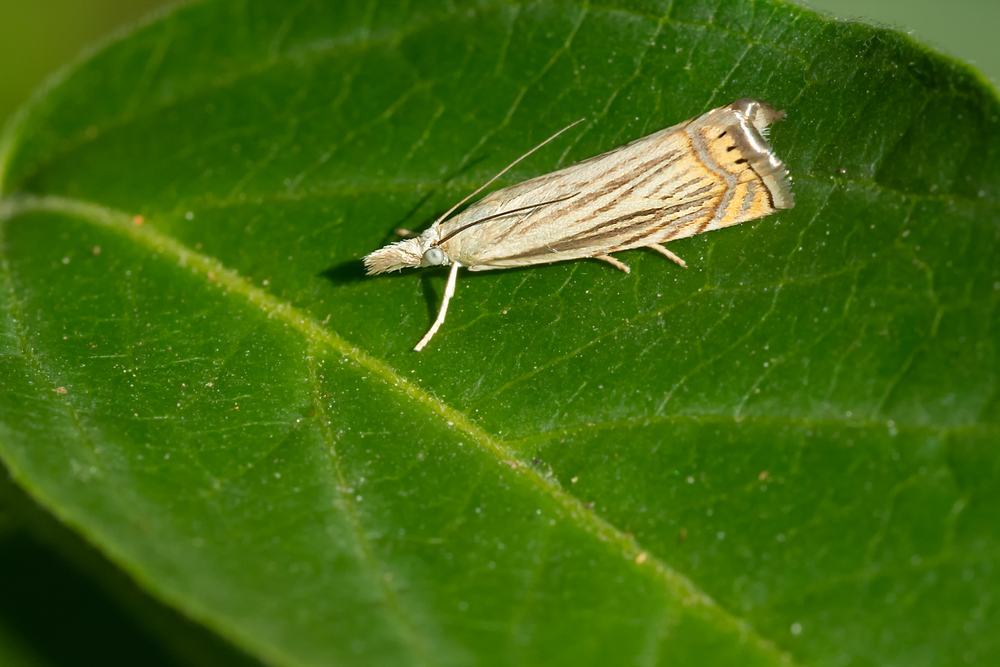The conditions your lawn is kept in and the way it is treated will determine how healthy it is. Lawn diseases and pests can be prevented by proper maintenance. Good air circulation and sunlight are essential for grass to thrive.
Some pests and diseases can’t always be avoided due to environmental factors that are beyond your control. Here is a list of some common pests and diseases. Learn how to avoid them.
Maladies
Red Thread (Laeticaria fuciculis – Yellow patches measuring 2-24 inches in circumference and irregularly shaped at the beginning of the disease become brownish and appear dead. Red Thread disease is indicated by tiny, pink/red fruiting bodies that look like horns and are attached to leaf blades.
Fungal material caused by red thread can be found on the soil or grass blades that have been damaged. Red thread is not known to kill turf but can make it less attractive.
Management
Your lawn will recover as the weather warms and dries. In lawns with insufficient nitrogen, red thread is a common problem. Lawn stress can be caused by Red Thread in summer.
Red Thread should be kept in check. Only water when it is absolutely necessary. Your lawn will benefit from regular fertilization with a balanced fertilizer. When you mow, take out any clippings.
Fusarium Patch
Microdochium nuivale – These reddish brown patches measure between 1 and 2 inches wide. These patches can grow larger and more dense, which could reduce lawn survival. Early infestations can lead to dog damage. Fusarium patches are caused by fungal material. This can be found in soil sprouts and diseased grass blades.
Management
As the weather gets warmer and dryer, grass will usually recover. Do not water your grass too often with very little water. Water your plants only once a week.
In the summer, use fertilizers that have moderate amounts of nitrogen. Avoid applying heavy amounts of nitrogen to your garden in the fall.
Pests
European Chafer
Adult European Chafers, a tan beetle that looks like June beetles but is only 1.5 cm long, are tan beetles.
They measure 2 to 2.5 cm in height and have prominent legs and tan-colored heads. European Chafers can do extensive damage to your lawn.
They feed on the roots of the grass and then follow Raccoons or skunks that eat the grubs.
Management
Your first line of defense is a well-maintained lawn.
Strong root systems will increase your lawn’s resistance against European Chafer infestation. We recommend 6-8 inches worth of soil if your area is at risk for Chafer infestation.
To allow sub-drainage, it is important that the subsoil structure has a porous structure. Drainpipes can be installed if the sub-soil is not sufficiently porous or flat enough. You may be allowed to use chemical or biological control methods, depending on your jurisdiction.
ACELEPRYN is a commercially available chafer-control product. It can be used in certain areas by licensed applicators. Grub Bgone is a new product that home-owners will love.
European Flying Birds
Spring is the best time to find the European Crane Fly larvae stage. It has a grayish-brown color and looks very worm-like. The larvae can reach lengths of 1 1/2 to 2 inches and have hard skin. It is also known as the “leatherjacket”.
The larvae feed off the roots, causing the lawn to thin.
Management
A well-maintained lawn will be your first line defense. However, you may also want to consider biological or chemical control options if they are allowed in your area.
Healthy grass will not be permanently damaged by a low level of Crane Flies. You can control crane fly populations by using beneficial nematodes or chemicals.





